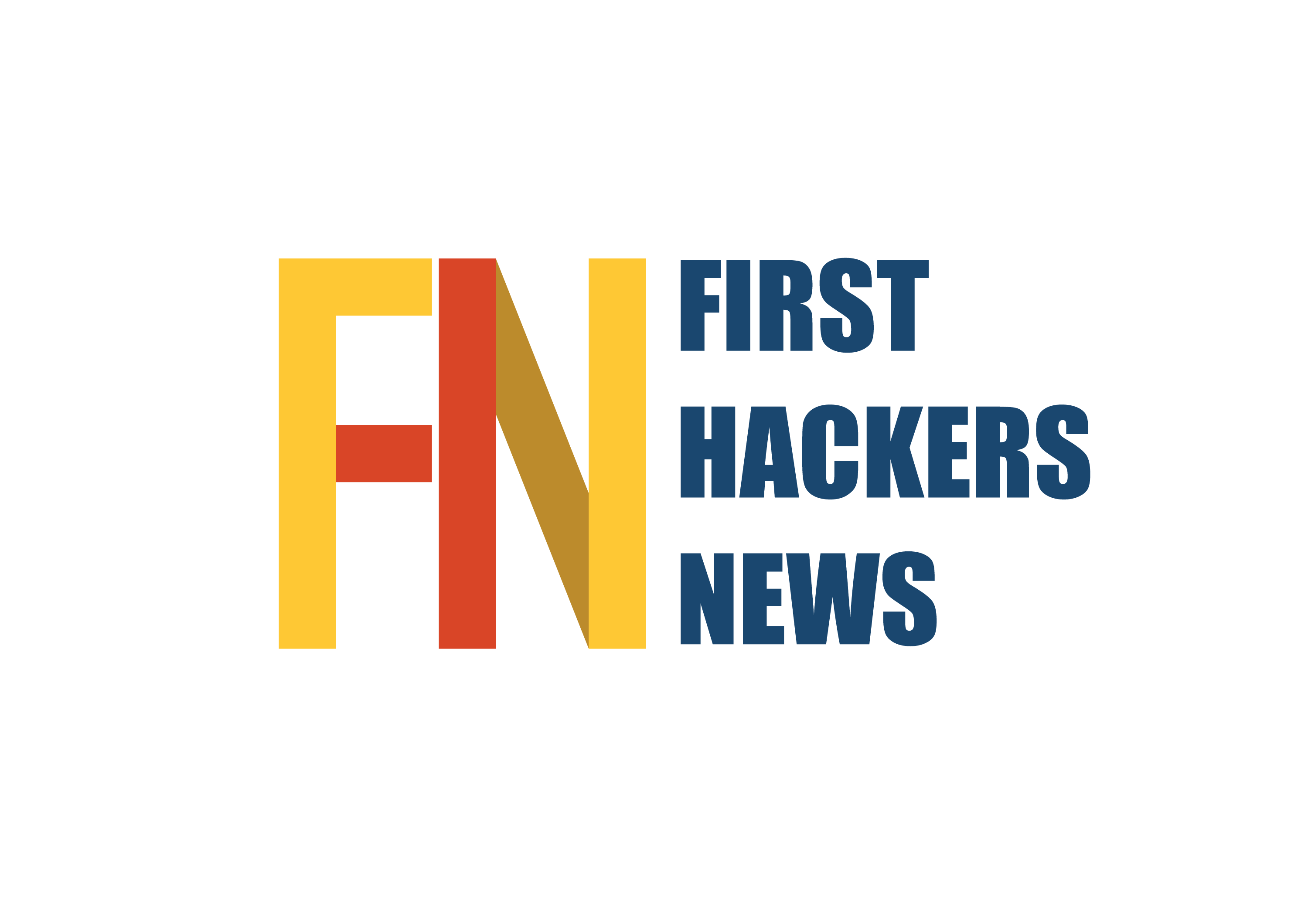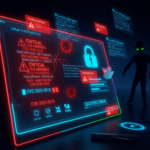A recent report from IBM X-Force reveals that infostealer malware delivered through phishing emails has spiked by 84% week-over-week in 2024.
This surge highlights a shift in cyberattack strategies, with cybercriminals using more advanced methods to steal sensitive data.
All about Infostealer Malware
📧 Phishing Now a Gateway for Infostealers
Phishing emails, already a common threat, are now being used more to spread infostealer malware instead of traditional ransomware. These stealthy programs steal login details, financial information, and personal data without alerting the user.
Hackers are using legitimate-looking email attachments and fake links to spread malware like AgentTesla, FormBook, and Strela Stealer, with delivery methods becoming more sophisticated.
☁️ Cloud Services Being Exploited
Cybercriminals are now abusing trusted cloud services like Microsoft Azure Blob Storage to host phishing sites and deliver malware. This tactic helps them evade detection by using platforms people already trust.
Regions like Latin America have been hit especially hard, with phishing campaigns exploiting the credibility of cloud providers.
🧠 Smarter Tactics: SEO Poisoning and Malvertising
Newer techniques are making these attacks even harder to spot:
- SEO poisoning: Manipulating search results to promote malicious downloads.
- Malvertising: Using harmful ads to trick users into installing infostealers disguised as real software updates.
These tactics target users in areas with weaker cybersecurity protections.
🛡️ How Organizations Can Respond
To defend against these evolving threats, companies should:
- Train staff to recognize phishing attempts.
- Use multi-factor authentication (MFA).
- Monitor systems for unusual activity.
- Deploy AI-driven tools for real-time threat detection and response.
As cyber threats grow more advanced, staying ahead requires ongoing vigilance, smarter defenses, and collective cybersecurity awareness.
Follow Us on: Twitter, Instagram, Facebook to get the latest security news!













Leave A Comment